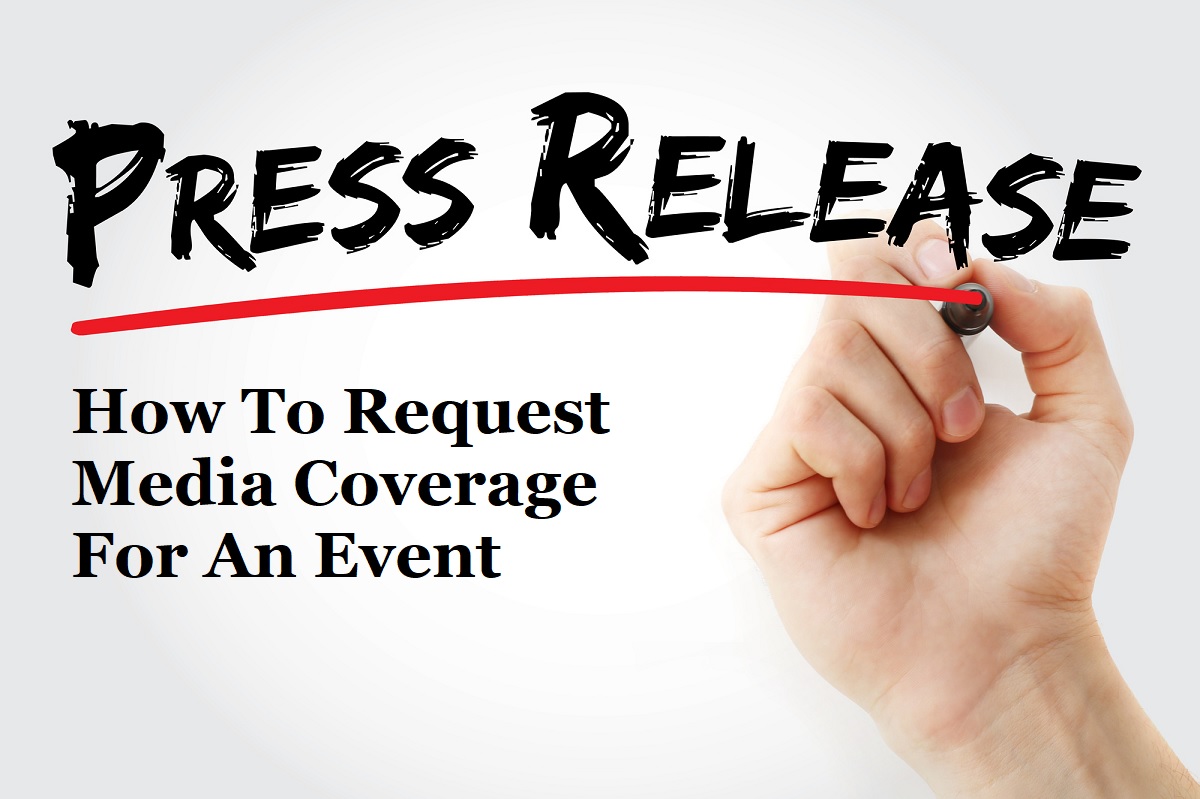Let’s Answer The Common Question, “How To Request Media Coverage For An Event?”
Here Is A Guide On How To Request Media Coverage For An Event:
Identify Your Goals:
The reasons why you want the media to cover your event should be determined. Consider your target audience, the message you want to convey, and the expected outcome of the coverage.
Produce A News Release:
Make a press release that is appealing and includes key details about your event, such as the objective, date, time, location, notable participants, and any unique features. Make sure it is entertaining, concise, and clear.
Establish A Media Library:
Choose the proper media outlets, including newspapers, magazines, blogs, radio and television stations, and online news sources. Get the contact information for the newspapers that commonly cover events like yours.
Discover Journalists Or Reporters:
Look up specific journalists or reporters who have previously shown an interest in your industry or covered events similar to your own. Personalize your pitch by addressing them by name in your email.
Develop a Customized Pitch:
Send a quick email to the journalist or media outlet outlining your event’s details and why it would be relevant to them. Make sure to tailor each pitch to their interests or beats, and emphasize how your event complements their work.
Continue:
Give the journalists some time to consider your proposal, but don’t hesitate to get in touch with them again in a polite and brief email or phone call a few days later. Consider the journalist’s job and timetable while communicating.
Provide Special Access or Opportunities:
Provide the media with unique opportunities or access, such as exclusive interviews with speakers or VIP attendees, behind-the-scenes coverage, or early access to event materials. In addition to increasing the value of their reporting, this may also encourage them to pay closer attention to your event.
Provide a Media Kit:
Create a detailed media kit that includes high-resolution event photographs, logos, speaker bios, background information, important data, and any other materials that could aid media coverage.
Offer On-Site Support:
Have a designated media liaison present at the event to assist journalists, provide more information, or set up interviews and photo opportunities.
Follow-Up and Express Gratitude:
Write a thank-you message to the reporters or media outlets that covered the event after it has occurred. When there are any planned articles or events, thank them for the publicity and volunteer to help.
We hope you found the response you were searching for to the question, “How to request media coverage for an event.” Remember that media attention must be earned; it cannot be granted. Be proactive, persistent, and professional throughout the process, and adjust your plan as required.
Let’s get started by discussing the query, “How to write a press release for an event?”
Following our discussion of “how to request media coverage for an event,” let’s talk about “how to write a press release for an event.”
We’ll Go Over A Few Quick And Easy Ways For You To Write A Press Release For An Event
Title:
Get the conversation going with an engaging title that sums up the occasion. Make it captivating and captivating to entice journalists to read more.
Dateline:
Specify the location, country, and time the press release will be released.
Introduction:
In a catchy introduction paragraph, briefly outline the event, including its name, date, time, and location. Pique curiosity and embody the occasion’s spirit.
Specifics:
In the paragraphs that follow, add further information about the occurrence. Include important details such as the objective, the topic, the target audience, and any eminent guests or speakers. Describe the key happenings and emphasize any potential surprises.
Quotation:
Include one or two quotes from the event’s planners, notable attendees, or sponsors to give the press release credibility and a human touch. Quotes must inspire readers, provide fresh viewpoints, or explain the significance of the incident.
Important Information:
Summarize any further information that journalists might need, such as registration details, ticket prices, contact details, and website or social media links. Even though this component is straightforward and simple to grasp in its current state, you must still gather all essential data.
Filler Text:
Mention the organization behind the event in one or two sentences. Describe your background, achievements, and contact information. Every news release sent by the organization includes this part.
Media Contact:
Include the name, phone number, email address, and any other relevant information for the person who will answer media inquiries. This enables journalists to easily get in touch with you for more information or interviews.
Closing:
Use “###” or “-END-” to visually denote the press release’s conclusion and to separate it from any notes or supplementary material.
Formatting:
Employ conventional font sizes and formatting while utilizing a tidy, expert typeface like Arial or Times New Roman. Use a press release template or framework to present information consistently. Take care not to overuse bold or italicized text.
Remember that a press release must be succinct and contain all relevant information in a logical sequence. It should make an effort to grab the attention of reporters and accentuate the aspects of your event that will interest or be interesting to their audience. I believe you now understand how to create an event press release.

